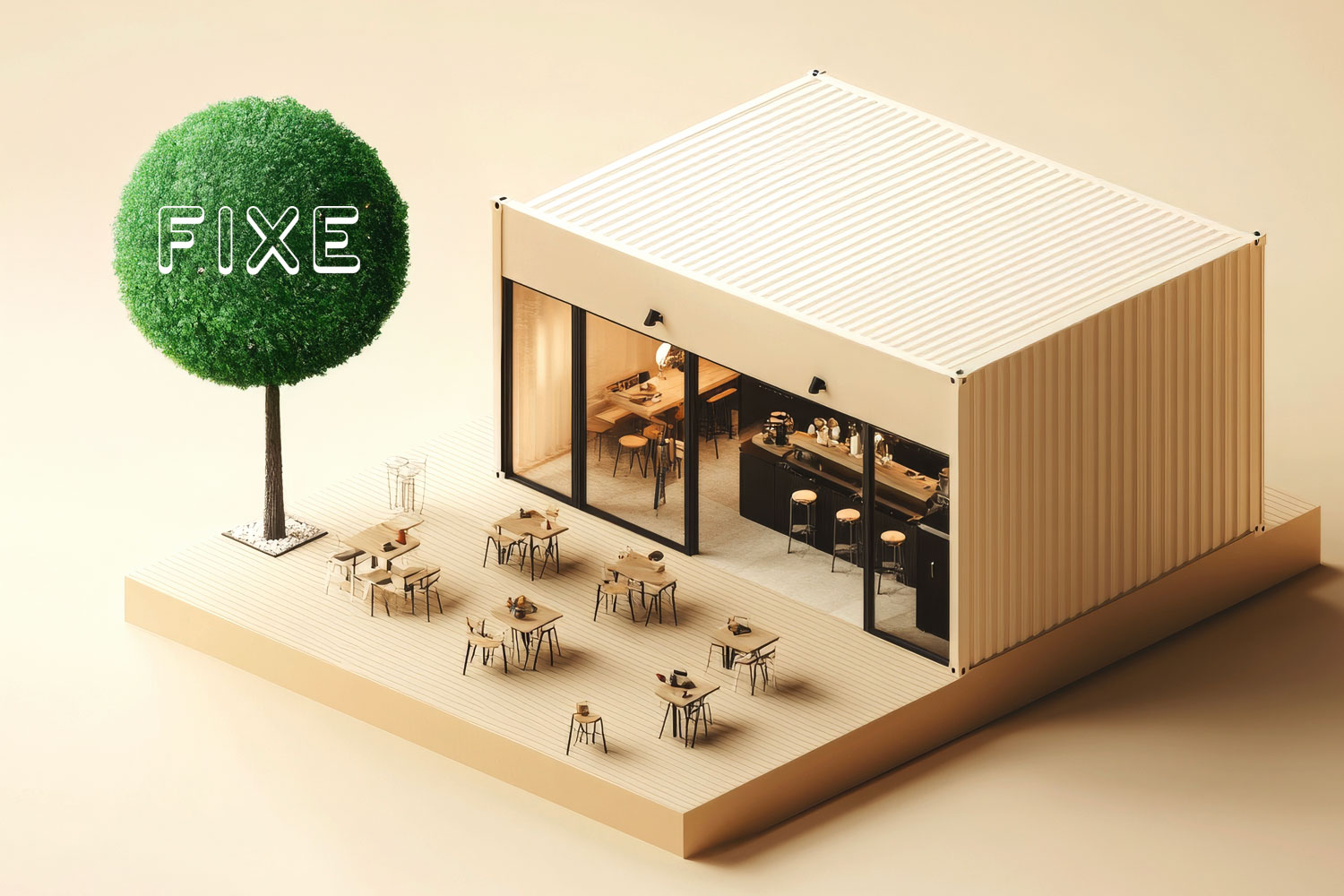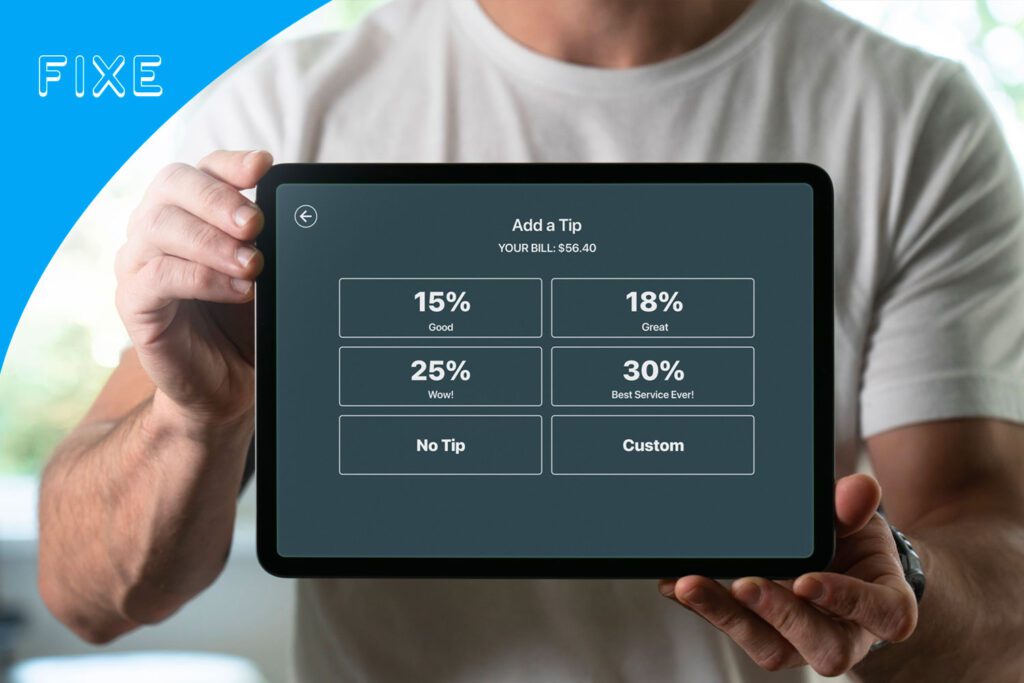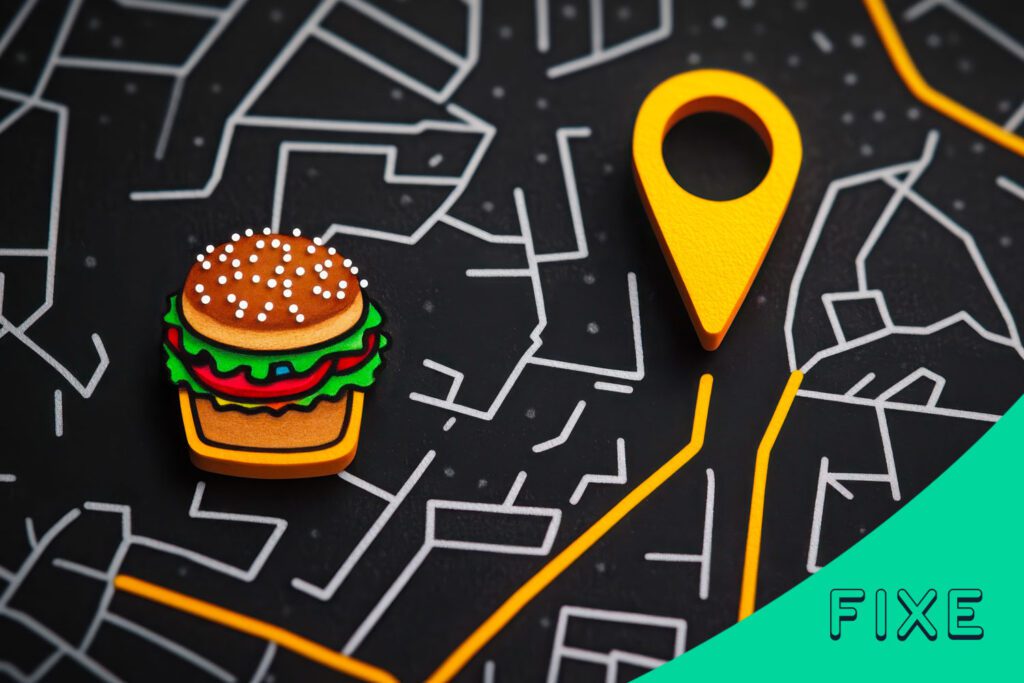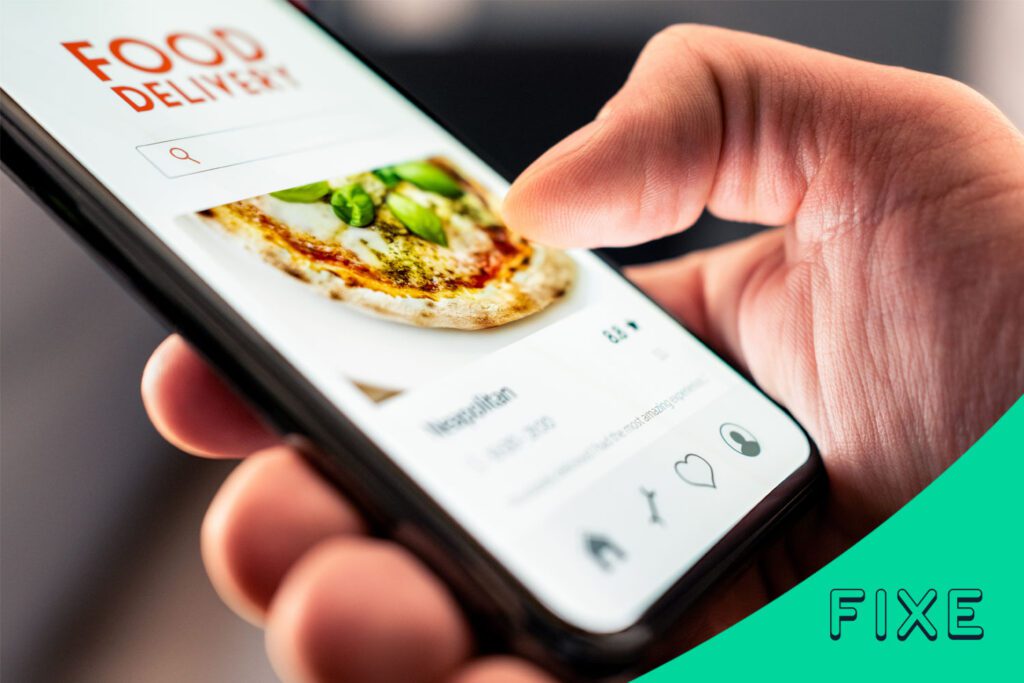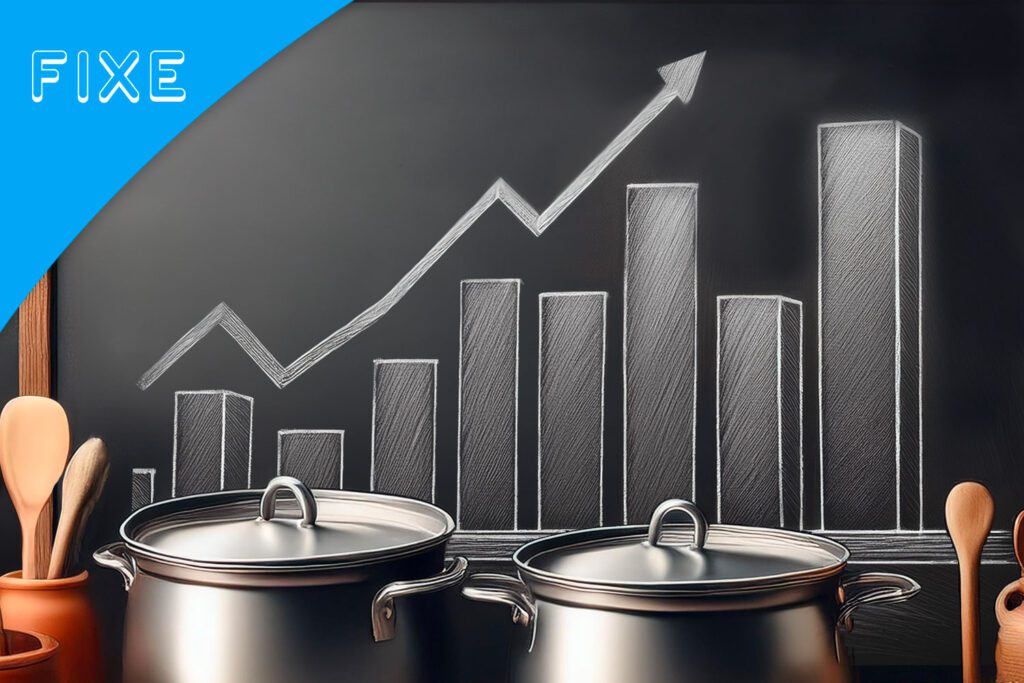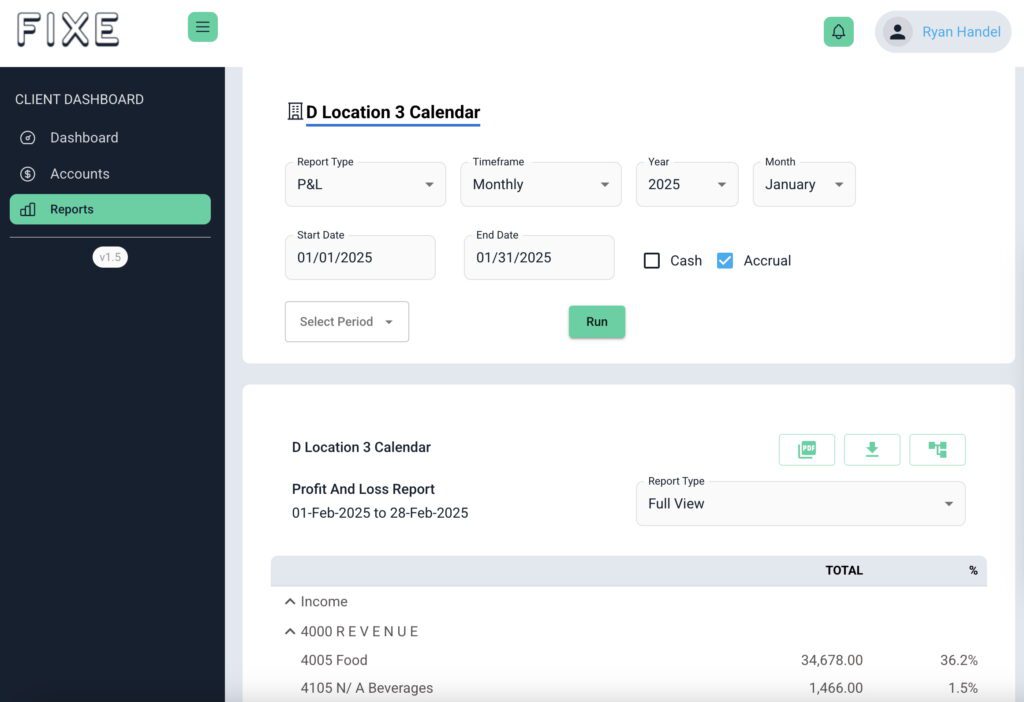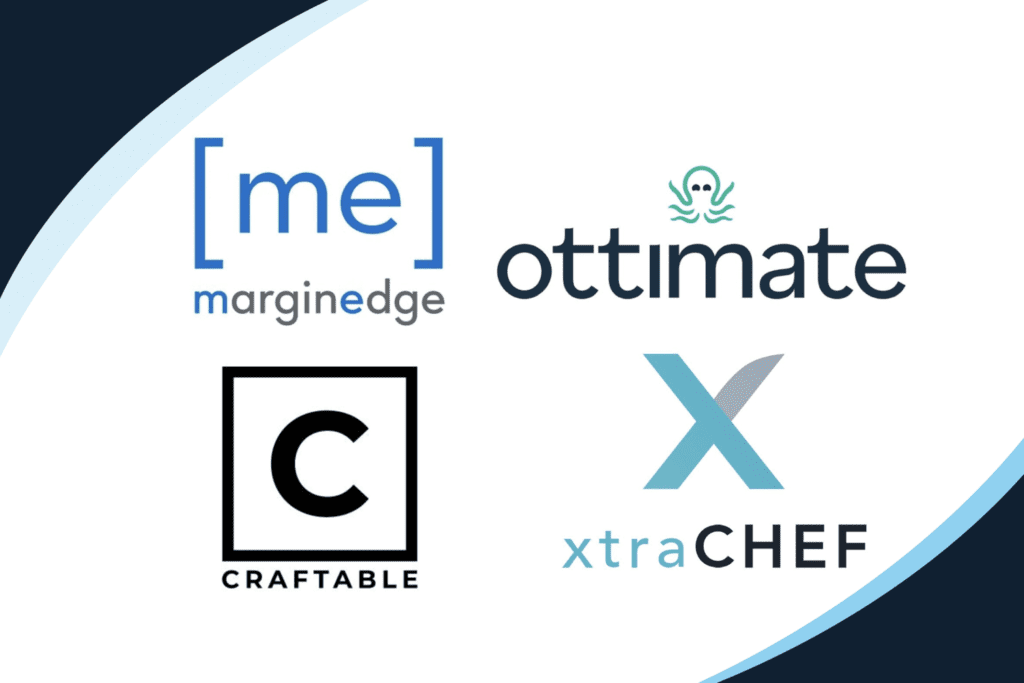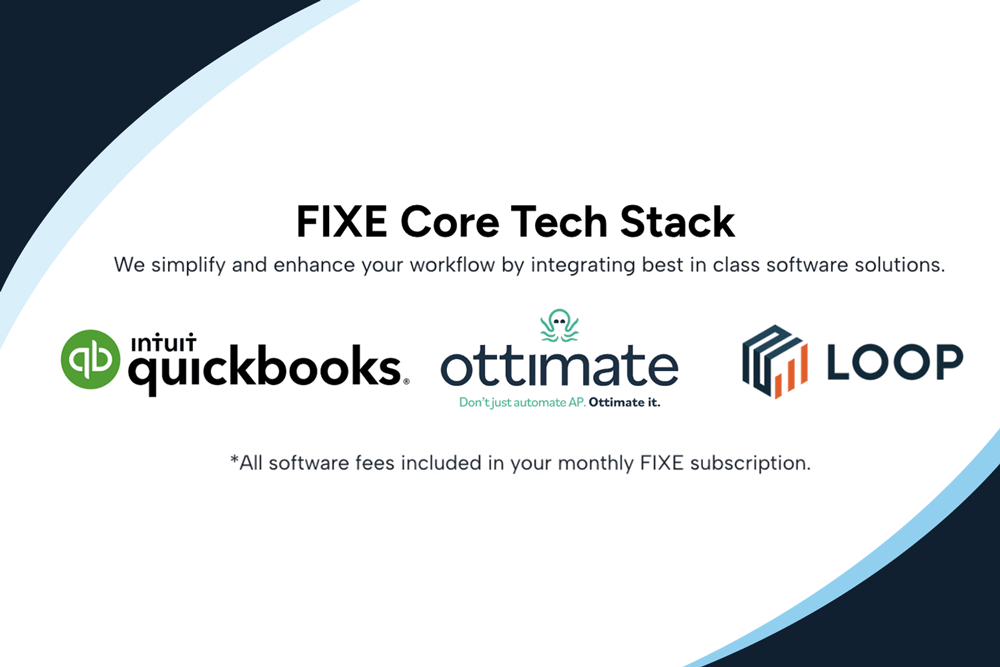You need to secure many different permits before opening a restaurant. I have a degree in Hospitality and Restaurant Finance, but didn’t learn how to navigate the permitting process in college. I didn’t even learn it when I worked as General Manager for The Daily Grill, an established L.A. based restaurant group. I learned by opening restaurants. This overview will help you avoid expensive delays and pitfalls.
The restaurant permitting process varies by jurisdiction, but in most major cities, you have to make sure the space that you’re taking over is zoned for restaurant use. Basic, but essential.
Taking over an existing restaurant costs less money than a new build. Some of the utilities and infrastructure are already in place, which are big advantages. Better yet, if you’re able to take over an existing restaurant and turn it around within 90 days, the Health Department will consider it a remodel and not a new establishment. You’re then able to avoid going through the full permitting process, which is a huge financial win. .
CONDITIONAL USE PERMIT
If you try to change the use from a retail store to a takeout restaurant or from a takeout restaurant to a sit-down restaurant, you have to get a Conditional Use Permit (CUP), which may be called something else in other cities. To get a CUP, you’ll have to jump through more hoops before you can get the proper permitting in place. This permit can get very expensive and time consuming to secure. Expect an additional six months to one year to your build out to get that CUP approved. That CUP is essential since it permits you to operate.
In order to change that use, you usually have to show the neighborhood that you have access to enough parking. If you eventually want a liquor license or beer & wine license, you definitely need a CUP.
If you’re not changing the use, then you don’t need a CUP.
PERMITS YOU’LL NEED
- Building & Safety
- Utility
- Health
- Seller’s Permit
It can be confusing to know what permits to get, and in which order. You typically need approval from Building and Safety in order for the Health Department to approve their plans. Both departments need to stamp all the changing utilities. Then you can begin construction.
After you get final approval from Building and Safety, you need final approval from the Health Department. The first Health Department stamp allows you to practice cooking food. A second inspection lets you serve food to the public.
You probably need a seller’s permit to buy food, beverages and products without paying sales tax. This permit also lets you resell those goods to other people.
OTHER KEY CONSIDERATIONS
- Los Angeles delineates between takeout vs. sit-down restaurants. A takeout restaurant technically can’t have any seats. Double check the permitted use before signing a lease.
- In each city or jurisdiction, you need a business license to operate within that jurisdiction.
- In order to get your Business License and your Seller’s Permit, you need an Employer Identification Number (EIN) from the IRS, which is essential to start any business.
- If you want to serve alcohol, you need a resale permit.
- In Los Angeles, you also need an alarm permit to legally operate an alarm system. Check your jurisdiction’s policy.
- You need a state tax ID number in order to pay sales tax and payroll accordingly. FIXE will help you get your seller’s permit and state tax ID number.
- Some states have other taxes, like liquor taxes. California doesn’t.
- Installing a grease trap is costly and time consuming. If you take over an existing restaurant that never had a grease trap and you show that you’re just remodeling, then the Sanitation Department doesn’t usually require you to add a grease trap.
SPEEDING UP THE PERMITTING PROCESS
You definitely need an expediter. They’re experts at navigating the permitting process who have connections with the city, county, and state. As the name implies, they shorten the process.
- Sometimes when taking over an existing space, you may need to upgrade your utilities. You have to depend on local utility companies to upgrade the power, which becomes costly, expensive and timely.
- You definitely need expediters to help get the CUP if you’re changing use. You have to communicate with and present your case to your neighbors. An expediter can help with that.
I’m a longtime restaurant operator and have learned some hard lessons over the years. My first restaurant cost me over $600,000 to open. Because my partners and I became much more experienced, opening my second restaurant only cost approximately $125,000. There aren’t many shortcuts in the restaurant industry, but knowing what to expect should help your cause.
